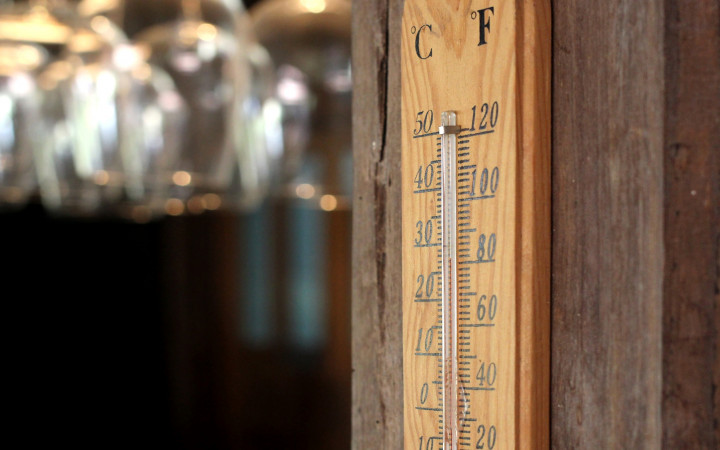Today’s Wonder of the Day was inspired by Ronin. Ronin Wonders, “What is Kelvin?” Thanks for WONDERing with us, Ronin!
Have you ever helped a family member in the kitchen? Cooking together can be a lot of fun! It’s also a great learning experience. Whether you’re boiling, simmering, or roasting a meal, you can learn a lot about how heat affects food.
Have you ever WONDERed what causes heat? Of course, you know that you use the stove, oven, or microwave to warm food. But what about the property of heat itself? What gives one object more heat than another?
To understand heat, we have to get down to the molecular level. Heat is energy. It’s caused by the movement of atoms. The faster an object’s atoms move, the hotter it is. Based on where you live, your family may measure heat in degrees Fahrenheit or Celsius.
However, there’s another measurement of heat you may not know about—the kelvin. The Kelvin scale is named for the scientist William Thomson, also known as Lord Kelvin. What makes it different from Fahrenheit and Celsius? For one thing, it’s not measured in degrees. Instead, a unit on this scale is just called a kelvin. It’s abbreviated with a capital “K.”
The Kelvin scale also doesn’t use negative numbers. That’s because it starts at absolute zero. At this temperature, atoms stop moving. It isn’t actually possible to reach absolute zero, or 0 K. That’s because everything in the universe has some level of heat. However, it gives scientists a starting point for measuring temperature.
Despite the differences, one kelvin is equal to one degree Celsius. At absolute zero, the temperature would be -273°C. That means, to convert a temperature in Celsius to kelvins, you can just add 273. Fahrenheit is trickier. Most people start by calculating the degrees in Celsius. To do so, subtract 32 from the temperature in Fahrenheit and multiply by 0.55. Then, you can add 273 to find the value in kelvins.
Have you ever cooked using a recipe that listed oven temperatures in kelvins? Have you seen a weather report that used this scale? No, you won’t see the Kelvin scale in many everyday places. However, many scientists use it. That’s because it’s a very precise measurement. Its lack of negative numbers also makes it easier to find the differences between temperatures.
What temperatures can you convert to kelvins? What would your body temperature be on the Kelvin scale? How about the boiling or freezing points of water? Did you know there could be so much math in science? We hope you can spend some time today applying your new knowledge!
Standards: NGSS.PS1.A, NGSS.PS3.B, CCRA.L.3, CCRA.L.6, CCRA.R.1, CCRA.R.2, CCRA.R.4, CCRA.R.10, CCRA.SL.1, CCRA.SL.2, CCRA.W.2, CCRA.W.9, CCRA.L.1, CCRA.L.2




